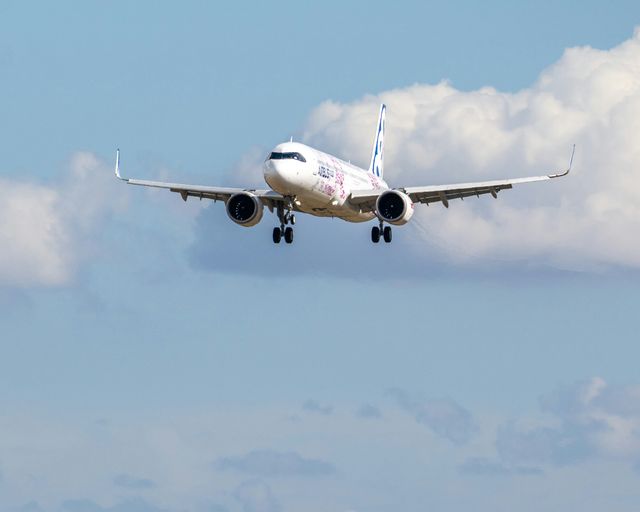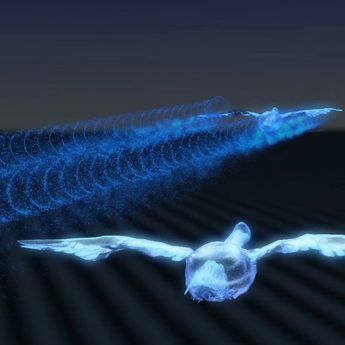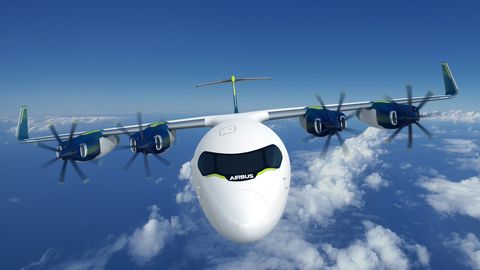Air traffic management
Reducing emissions by optimising flight

Optimising flight to reduce emissions
RETHINKING OPERATIONS
Operational improvements can reduce our environmental impact. By optimising flight trajectories and coordination with air traffic management partners, we are contributing to the European ATM Master Plan’s goal of reducing average CO2 flight emissions by 5-10%.
ATM organisation and rules are designed to permit safe increases in air traffic. We are deploying a variety of air traffic management solutions to reduce emissions, including services and software upgrades. We are also working on our own pioneering solutions to further optimise air traffic management, including systems upgrades, so that ATM services enable the best use of aircraft while maintaining airspace capacity.


Improving flight operations
ATM solutions and operational measures can reduce the impact of air travel on the environment. All flight phases are concerned, including continuous climb and descent operations, flight trajectory optimisation and hybrid on-ground operations.
Airbus is an active member of the Single European Sky ATM Research (SESAR) Joint Undertaking, which works to enhance ATM procedures to reduce emissions. More than 500 demo flights have been performed to test ATM solutions, and further demo flights are planned as technologies evolve.


Wake energy retrieval
Airbus is participating in multiple projects investigating wake energy retrieval (WER). By coordinating flights so that one aircraft follows another, the second aircraft benefits from free lift, thus requiring less engine thrust, which reduces fuel consumption and creates up to a 5% reduction in CO2 emissions. We hope to demonstrate the operational feasibility of the concept in order to enable the introduction of WER flights into ATM operations.


Trajectory based operations
Trajectory based operations (TBO) are a way of managing air traffic based on predicted and planned flight trajectories. This allows trajectories to be optimised by air traffic control, all while ensuring the safety of every aircraft from takeoff to landing. By transmitting four-dimensional trajectory data (latitude, longitude, altitude and time), aircraft trajectories can be better coordinated, leading to lower fuel burn and fewer carbon emissions. Airbus is collaboratively researching TBO with air traffic control partners and airlines.


HERON: increasing fuel efficiency
In nature, the heron is a graceful bird that is highly adaptable to changing environmental conditions. In aviation, HERON is the name of an Airbus-led European project about fuel-efficient flight operations.The project aims to demonstrate how innovative flight operations can reduce the environmental impact of aviation. It falls within the Single European Sky ATM Research (SESAR) Programme, and is scheduled to run until late 2025.
The latest in air traffic management
In the spotlight
-

Airbus and partners complete successful wake energy retrieval trials
Press Release
Innovation
Airbus and partners complete successful wake energy retrieval trials -

Airbus and its partners demonstrate how sharing the skies can save airlines fuel and…
Press Release
Innovation
-

How a fello'fly flight will actually work
Web Story
Innovation
-

Airbus joined by European partners to demonstrate reduced emission fello’fly…
Press Release
Sustainability
-

Airlines are looking to reduce fuel consumption. Wake energy retrieval could help
Web Story
Innovation
